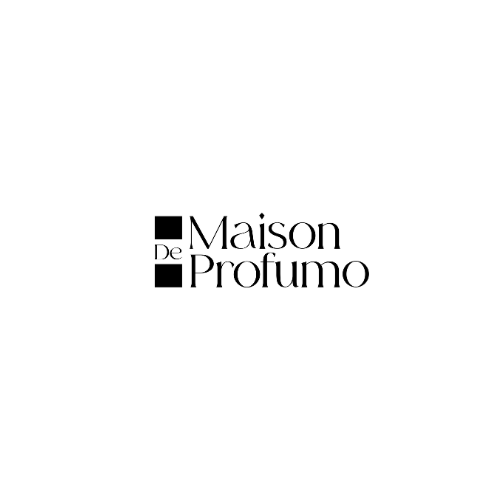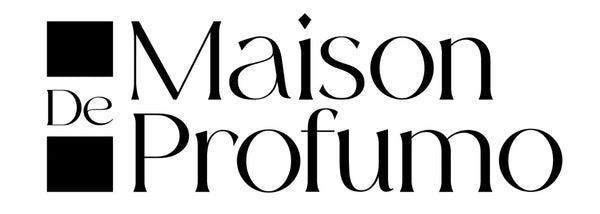"Mastering Fragrance Manufacturing: A Step-by-Step Guide from Concept to Market"
Introduction
Fragrance manufacturing is a delicate blend of art and science that transforms raw materials into the captivating scents we wear. This comprehensive guide explores every aspect of the fragrance manufacturing process, from conceptualization to distribution, providing detailed insights into each step.
Concept Development: From Idea to Fragrance

Market Research and Trend Analysis
-
Understanding Market Trends:
- Analyze current market trends to identify popular scent profiles and consumer preferences.
- Utilize market research tools to gather data on emerging trends and potential gaps in the market.
-
Consumer Insights:
- Conduct surveys and focus groups to gather direct feedback from potential customers.
- Study competitors to understand what works and what doesn't in the fragrance industry.
Creating the Fragrance Concept
-
Defining the Brand Identity:
- Align the fragrance concept with the brand's overall identity and target audience.
- Develop a unique selling proposition (USP) that differentiates the fragrance from competitors.
-
Scent Profile and Story:
- Create a compelling narrative that connects with the fragrance's intended emotional and sensory experience.
- Choose a scent profile that embodies the concept, whether it's fresh and clean, warm and spicy, or floral and sweet.
Ingredient Sourcing: Natural and Synthetic Elements
Natural Ingredients
-
Essential Oils:
- Extracted from plants, essential oils provide the primary aromatic compounds in natural fragrances.
- Examples: Lavender, rose, sandalwood, and citrus oils.
-
Absolutes and Resins:
- Absolutes are concentrated aromatic oils extracted through solvent extraction.
- Resins are sticky substances derived from trees and plants, used for their rich, deep scents.
Synthetic Ingredients
-
Aroma Chemicals:
- Man-made compounds designed to replicate natural scents or create new ones.
- Examples: Iso E Super, Hedione, and Calone.
-
Synthetic Musks:
- Used to replace natural musks, which are often derived from animals.
- Examples: Galaxolide, Ambrettolide, and Muscone.
Sustainability and Ethics
-
Ethical Sourcing:
- Ensure raw materials are sourced ethically, supporting sustainable practices and fair trade.
- Opt for cruelty-free and vegan alternatives when possible.
-
Environmental Impact:
- Consider the environmental impact of sourcing ingredients, focusing on sustainable and eco-friendly practices.
- Use biodegradable and renewable resources.
Fragrance Formulation: Crafting the Perfect Blend

The Structure of a Fragrance
-
Top Notes:
- The initial, fleeting impression of the fragrance.
- Light, volatile compounds such as citrus, herbs, and light florals.
-
Heart Notes:
- The core of the fragrance, lasting longer than top notes.
- Florals, spices, and green notes.
-
Base Notes:
- The long-lasting foundation of the fragrance.
- Deep, rich components such as woods, resins, and musks.
The Art of Blending
-
Balancing Notes:
- Achieve harmony between top, heart, and base notes to create a well-rounded fragrance.
- Ensure each layer transitions smoothly and complements the others.
-
Innovation and Creativity:
- Experiment with unusual combinations to create unique and memorable scents.
- Incorporate emerging trends and new ingredients to stay ahead of the market.
Production and Quality Control: Ensuring Consistency
Compounding
-
Mixing and Blending:
- Precise measurement and combination of ingredients to ensure consistency.
- Use high-quality equipment to blend and mix the components thoroughly.
-
Maturation:
- Allow the fragrance to mature over time, enabling the blend to harmonize and develop its full character.
- Test the fragrance at various stages to ensure it meets the desired profile.
Quality Control
-
Stability Testing:
- Conduct stability tests to ensure the fragrance maintains its integrity over time.
- Assess the impact of temperature, light, and humidity on the scent.
-
Regulatory Compliance:
- Adhere to international standards and regulations for safety and quality.
- Ensure all ingredients are compliant with relevant laws and guidelines.
Packaging and Distribution: Bringing the Fragrance to Market
Packaging Design
-
Bottle Design:
- Focus on both aesthetics and functionality in the bottle design.
- Use high-quality materials that reflect the brand's image and the fragrance's personality.
-
Labeling and Branding:
- Create clear, attractive labels that provide essential information and enhance brand identity.
- Ensure all legal requirements for labeling are met.
Distribution Channels
-
Retail Outlets:
- Distribute through department stores, specialty fragrance shops, and boutiques.
- Build relationships with retailers to secure prominent shelf space.
-
Online Sales:
- Utilize e-commerce platforms to reach a broader audience.
- Invest in digital marketing strategies to drive traffic and sales.
-
Direct-to-Consumer:
- Explore direct-to-consumer models, offering personalized experiences and exclusive deals.
- Use social media and influencer partnerships to build a loyal customer base.
Tables and Bullet Points for Enhanced Readability
Fragrance Ingredients
| Ingredient Type | Examples | Characteristics |
|---|---|---|
| Essential Oils | Lavender, Rose, Sandalwood | Natural, aromatic, complex |
| Aroma Chemicals | Iso E Super, Hedione, Calone | Man-made, consistent, versatile |
| Synthetic Musks | Galaxolide, Ambrettolide | Long-lasting, ethical, modern |
Key Processes
-
Concept Development:
- Market research
- Consumer insights
- Scent profile creation
-
Ingredient Sourcing:
- Natural vs. synthetic
- Ethical sourcing
- Sustainability
-
Formulation:
- Balancing notes
- Innovation in blending
- Maturation
-
Quality Control:
- Stability testing
- Regulatory compliance
-
Packaging:
- Bottle design
- Labeling and branding
-
Distribution:
- Retail and online sales
- Direct-to-consumer models
Conclusion
Fragrance manufacturing is a complex yet rewarding process that combines creativity, science, and business acumen. By understanding the detailed steps involved from concept to distribution, one can appreciate the artistry and precision required to create a successful fragrance. This comprehensive guide provides a deep dive into each aspect of fragrance manufacturing, ensuring a well-rounded and thorough understanding of the industry.

